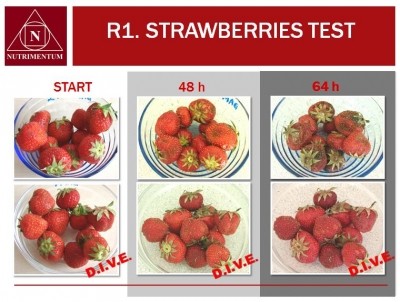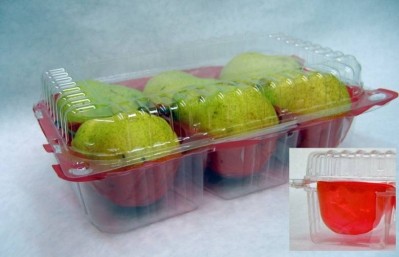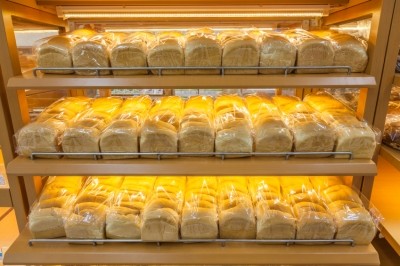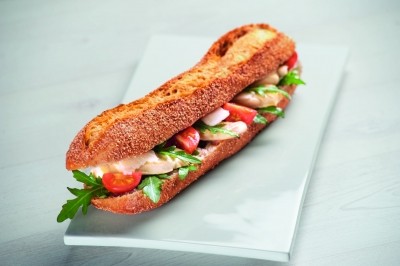Reduce bread packaging by 20% with no shelf life impact: Study
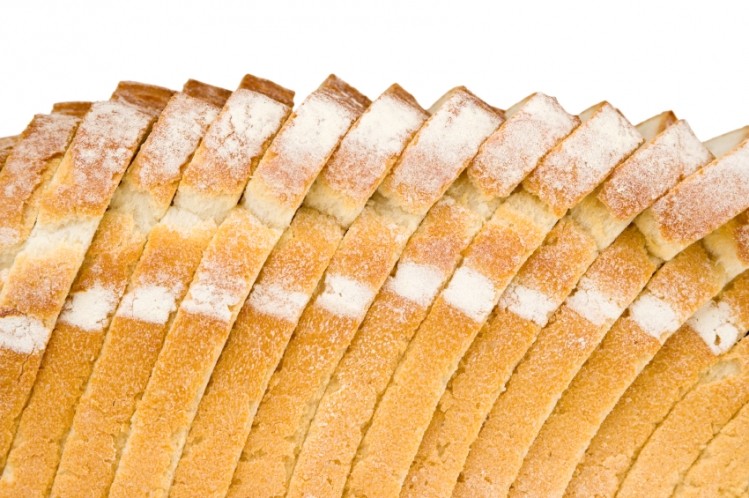
Published in the Journal of Food Packaging and Shelf Life researchers investigated use of different plastic film thicknesses to pack durum wheat industrial bread. The impact on the texture, color, water retention and crumb moisture was looked at.
“Results confirm the tendency, by small and medium food industries, to over-pack goods,” the researchers from the University of Catania in Italy said.
Findings showed that the thickness of the packaging films could be reduced by 20% with no impact on the shelf life of bread stored for up to 103 days.
“Maintenance of modified atmosphere is assured by films at lower thickness,” the researchers wrote, and “quality attributes were stable far longer than the labeled ‘best before’ date”.
Texture profile analysis gave comparable results for regular packaging and reduced packaging. Color, alkaline water retention capacity and crumb moisture did not significantly vary among packaging types either.
This should inspire bread packaging innovation
“This could encourage food producers to abandon their prudential approach to shelf life in favor of an empirical approach, which would supply reliable data on the real product quality maintenance,” the researchers said.
It would also bring other advantages for manufacturers such as cost reduction and improved in-house material stock management. The whole life cycle of the product would be more sustainable too, they said.
However, innovative packaging materials with lower thickness but higher performances were still not being adopted by industry, they added.
The researchers said that the concept of the need to increase the packaging environmental impact in order to reduce food losses was not always true.
“New packaging solutions at lower environmental impact can be able to guarantee certain shelf life standards.”
Parameter measures
The researchers measured the internal oxygen and carbon dioxide levels of the packaged bread in two-week intervals using a portable gas analyzer and the alkaline water retention using bread crumb analysis.
Compression tests monitored the texture profile of the breads over the storage period and a software image color summarizer evaluated the color changes.
Source: Journal of Food Packaging and Shelf Life
Published March 2014, Vol. 1, Issue 1, Pages 19-24. Doi: 10.1016/j.fpsl.2013.10.001
“Influence of packaging on the quality maintenance of industrial bread by comparative shelf life testing”
Authors: F. Licciardello, L. Cipri and G. Muratore
